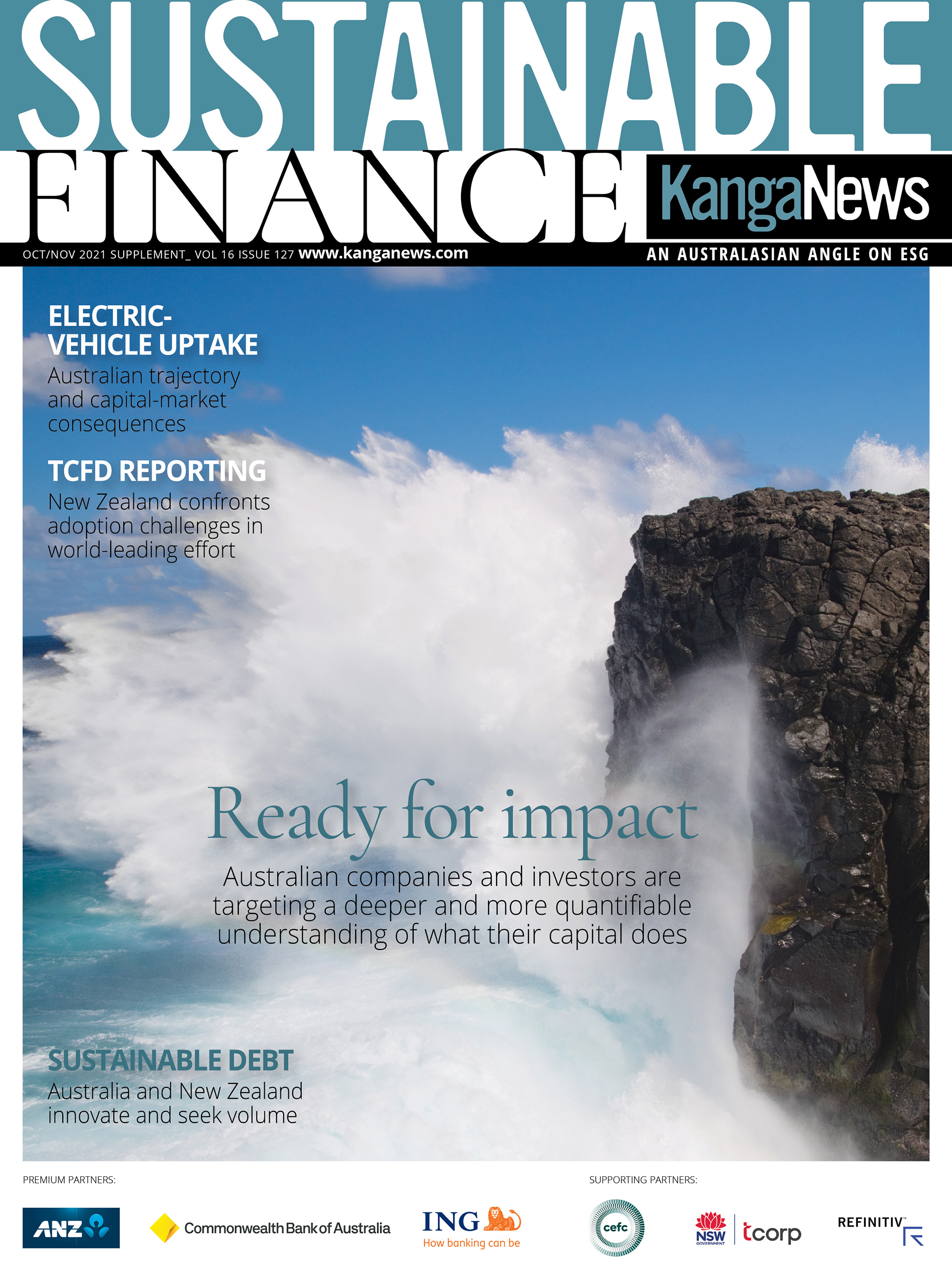QE tapering and demand for Australasia
Market participants in Australia and New Zealand will be keenly watching the path of QE unwind in Europe for signs of how normalising markets in the northern hemisphere might influence global demand for the – until recently – higher-yielding Antipodean rates markets.
Rachel O’Connor, fixed-income portfolio manager at Vanguard in Melbourne, acknowledges QE instituted by the European Central Bank (ECB) and Bank of Japan (BoJ) has depressed yields in these markets and as a consequence encouraged global capital to seek new and higher-yielding opportunities.
O’Connor continues: “Although further tapering of QE by the ECB is likely to put upward pressure on European bond yields, we expect it to be gradual. Memories of the US ‘taper tantrum’ remain fresh for central bankers, who will endeavour to provide clear forward guidance on the slow but eventual exit from what has been extraordinary monetary policy.”
The gradual nature of this process means a sharp withdrawal of capital from Australia and New Zealand, putting upward pressure on interest rates, is unlikely in O’Connor’s view. “Yields in these countries remain very attractive relative to their global peers and global investors’ familiarity with these markets has increased,” she concludes.
Even so, most European analysts agree in general that demand for foreign bonds will likely reduce as rates in Europe normalise over time. However, the BoJ’s ongoing QE and yield-curve-control policy will ensure steady demand for foreign assets out of Japan – in the same way as ongoing QE by the ECB and BoJ helps explain why foreign demand for Australian bonds remains strong despite the US Federal Reserve embarking on its own policy of rate normalisation.
Liquidity views
When considering the likely future trajectory of interest rates in the Asia-Pacific region, it is also important to consider the local macroeconomic outlook. For Australia in particular this remains mixed – which leads European analysts to believe the Reserve Bank of Australia is unlikely to tighten interest rates any time soon.
As well as the outright rates view, Lionel Pernias, global credit portfolio manager and head of buy and maintain, London at AXA Investment Managers, refers to the importance of depth when assessing investor appetite and behaviour. Specifically, the Australian dollar bond market could still suffer from perceptions of limited liquidity.
KfW Bankengruppe senior economist, Sebastian Wanke, argues that a normalisation of monetary policy leaves all liquidity support mechanisms in place to ensure financial stability throughout the process. This will help mitigate volatility in financial markets. Higher spreads will make euro-denominated assets more attractive and may quickly lead to portfolio shifts by international investors in favour of Eurozone assets, he says.
By the same token, Moody’s Investors Service’s Singapore-based lead sovereign analyst for Australia, Martin Petch, agrees the context for Australasian issuance would be one where there is some downward pressure on currencies as capital is attracted back towards those economies seeing QE come to an end.

WOMEN IN CAPITAL MARKETS Yearbook 2021
KangaNews's annual yearbook amplifying female voices in the Australian capital market.

KANGANEWS SUSTAINABLE FINANCE H2 2021
KangaNews is proud to share cutting-edge information from the global and Australasian sustainable debt market.








